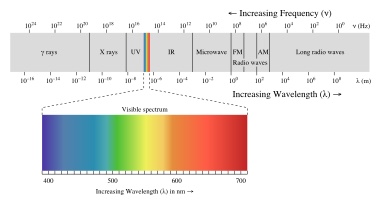The Concept:
- Neurons link information together.
- Information is stored in layers. Different layers have different levels of detail.
- Labels are used as shorthand for layers of details on links between information.
Knowledge, Wisdom and Skill
- Knowledge is links between information.
- Wisdom is an understanding of context specific value.
- Skill is the ability to link information and action to produce specific outcomes.
References / Sparks
- Culture Code – Dave Cooper & AARs
- Creativity Inc. – Brain Trust
- Never Split The Difference

